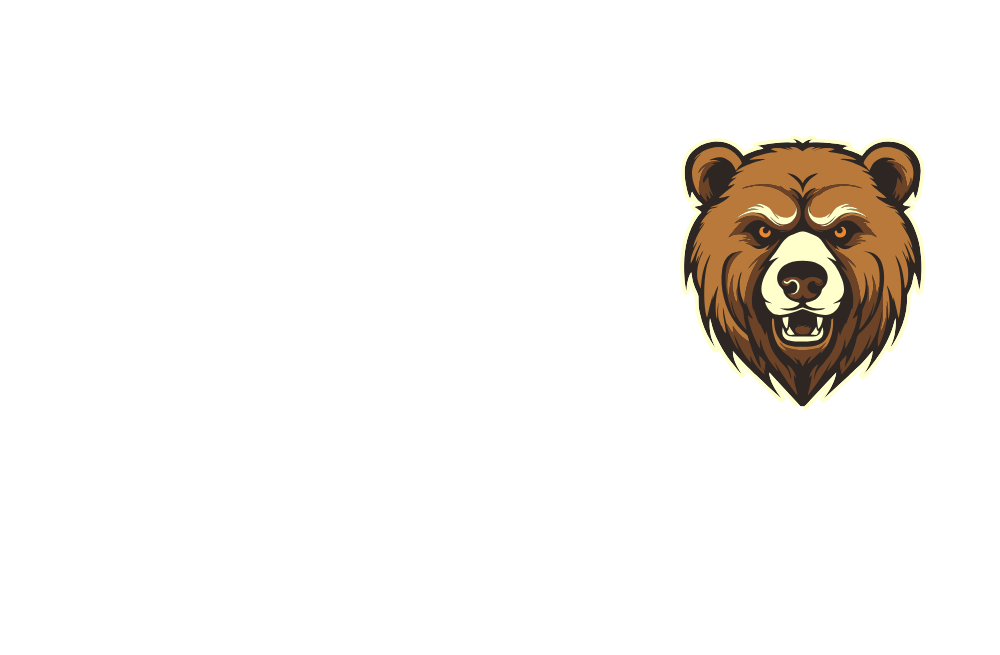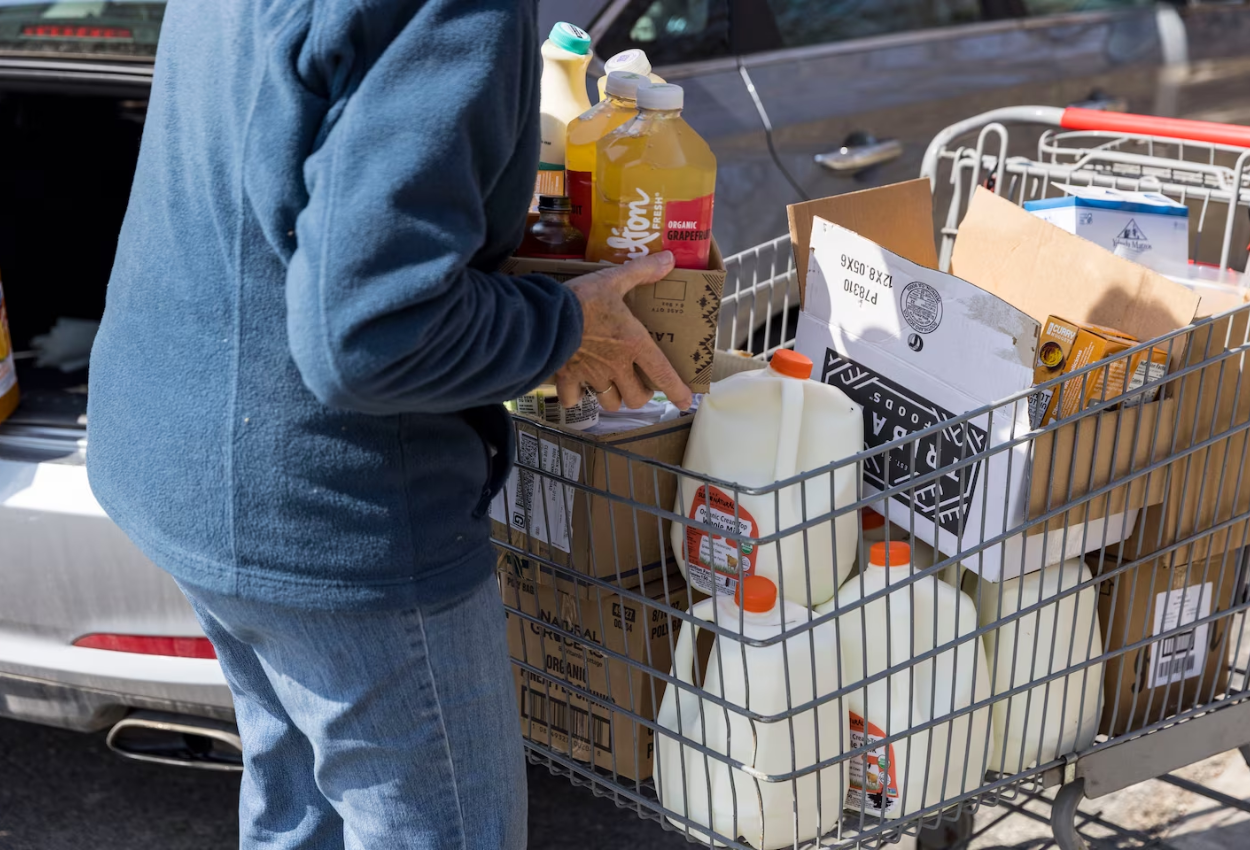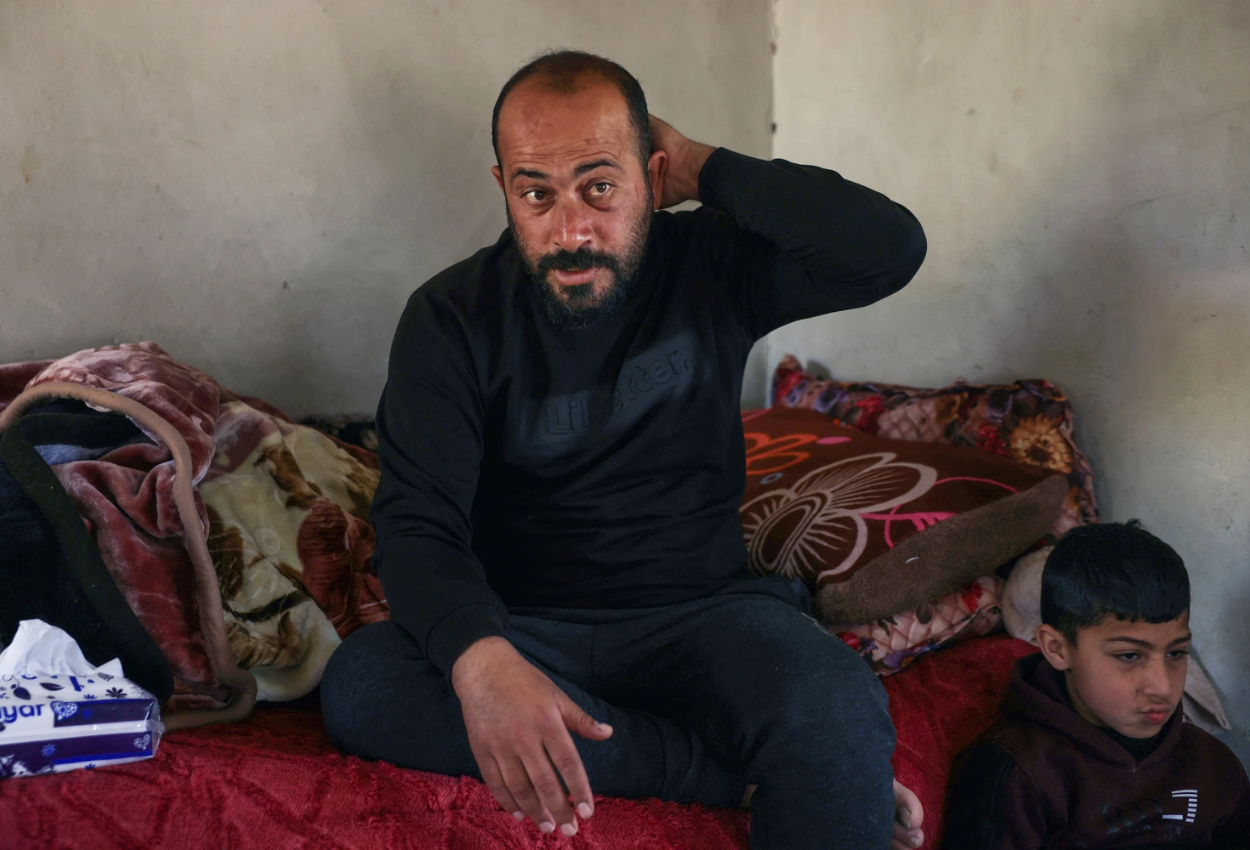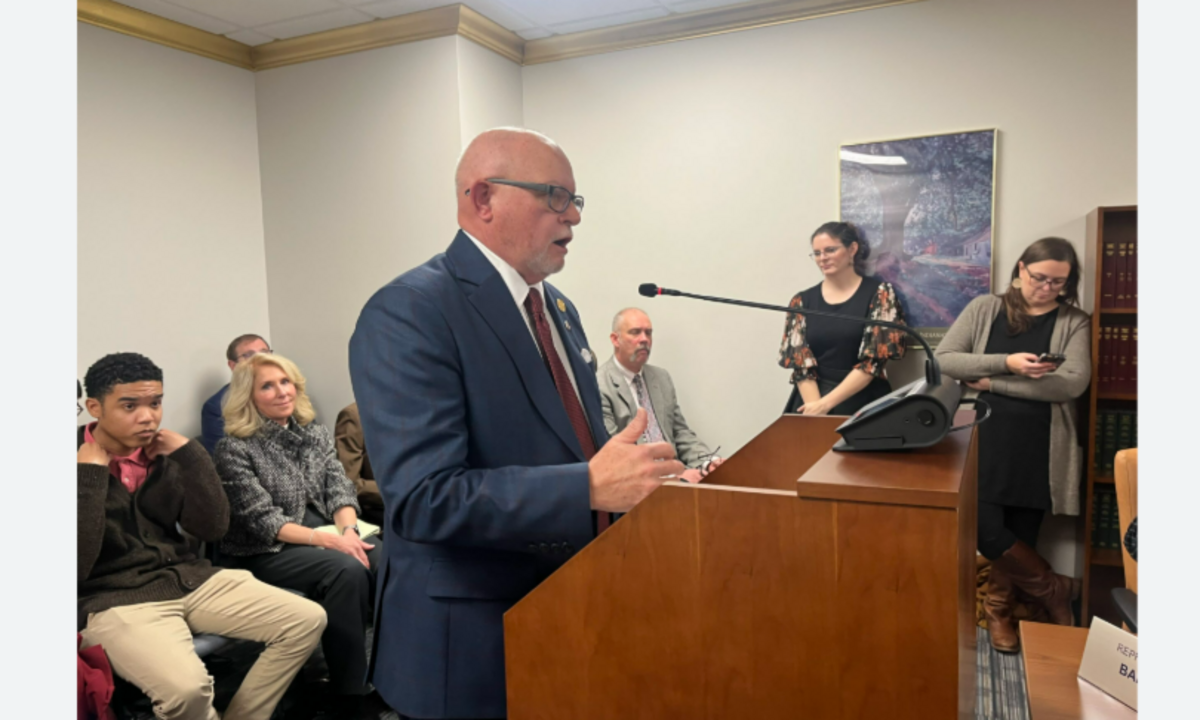Iowa is facing a major food security crisis, as proposed cuts to the Supplemental Nutrition Assistance Program (SNAP) could impact over 116,000 residents, including children and seniors. These potential changes, pushed at both the federal and state levels, have sparked concern among hunger advocates, who warn that thousands of families may struggle to put food on the table if the proposed reductions go into effect.
The U.S. House’s recent budget resolution includes a massive $230 billion cut to the Department of Agriculture (USDA) over the next decade. Since SNAP makes up 68% of the USDA’s budget, it is highly likely that benefit reductions and eligibility restrictions will be part of the changes.
How Would These Cuts Impact Iowa Families?
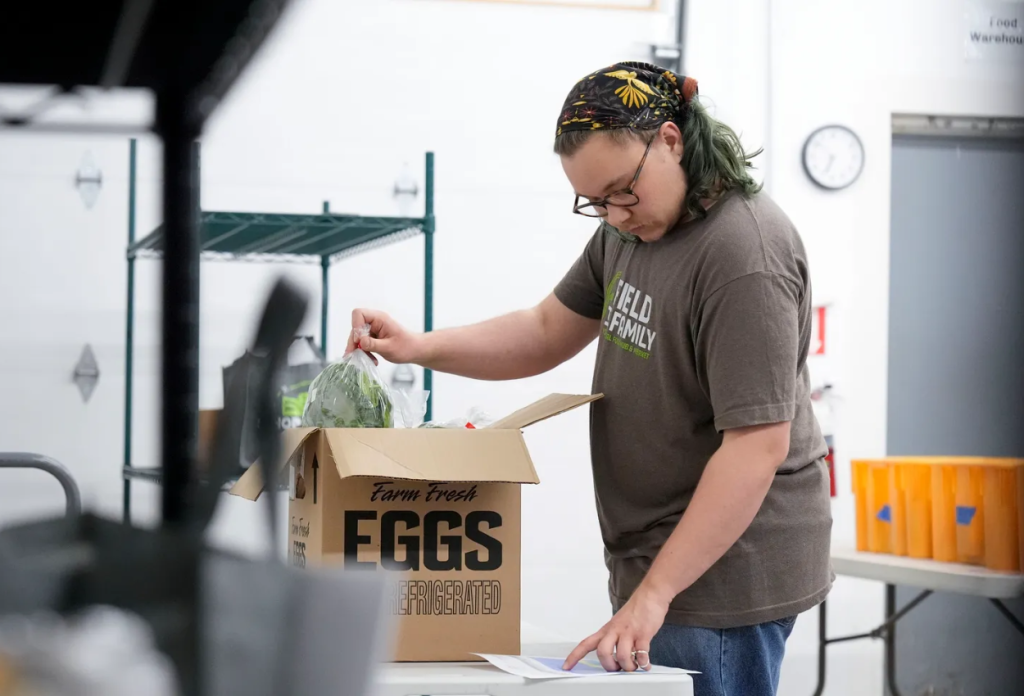
If these cuts move forward, SNAP benefits in Iowa could drop by 27%, reducing the average household’s monthly assistance by $71. This would have a major economic impact, slashing nearly $15 million in monthly food-related spending across the state.
For thousands of low-income families, these reductions could mean fewer meals, harder choices, and increased reliance on food banks—many of which are already overwhelmed by high demand. The changes would also affect grocery stores, farmers, and local businesses, since every $1 spent through SNAP generates $1.54 in economic activity.
Key Federal Changes That Could Affect You
- Reduced Benefits – With the proposed rollback of Thrifty Food Plan modernization, adjusted in 2021 for rising food costs, SNAP recipients would see their monthly aid shrink significantly.
- Eligibility Restrictions – The Broad-Based Categorical Eligibility (BBCE) policy, which automatically qualifies families receiving Medicaid or school meal assistance for SNAP, is at risk. If removed, over 24,000 Iowans, including 11,000 children and 2,500 seniors, could lose access to food benefits.
- School Meal Program Cuts – Changes to eligibility rules could result in 28,000 Iowa children losing access to free school meals, worsening food insecurity among students.
- Increased State Costs – If the federal government shifts SNAP costs to states, Iowa may have to cover up to 50% of the program’s funding, which could mean budget cuts in other critical areas or additional restrictions on benefits.
Iowa’s State-Level Proposals: Stricter Rules for SNAP Recipients
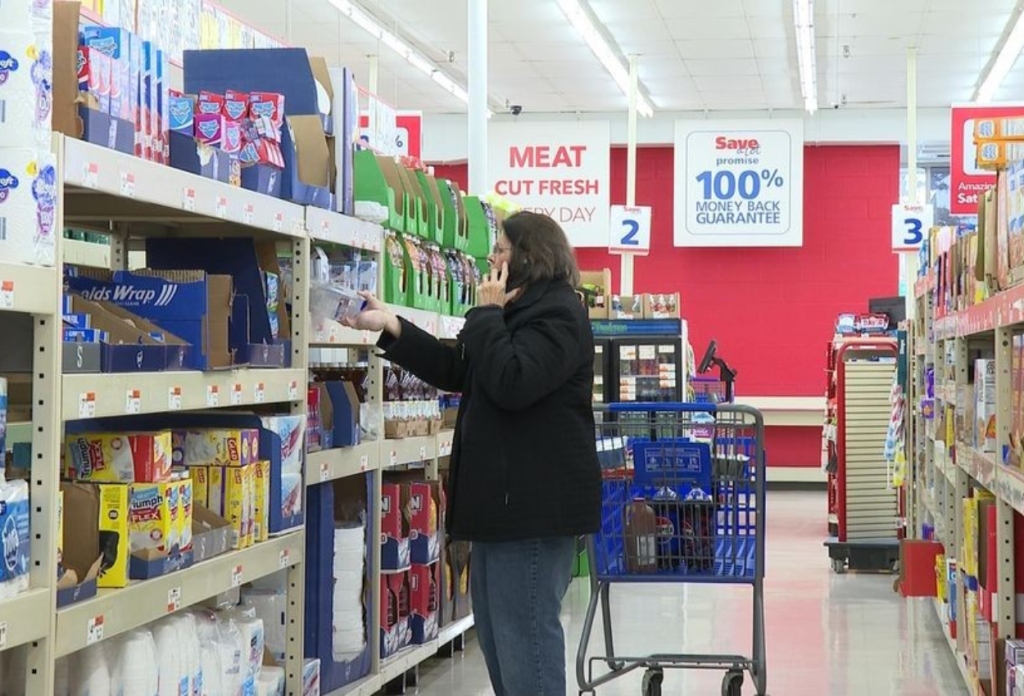
Alongside federal changes, Iowa lawmakers are considering new state laws that could further restrict who qualifies for SNAP and what they can buy.
House File 796: Limits on What SNAP Can Buy
This bill proposes restricting SNAP purchases to only “healthy foods,” but lawmakers have not defined which foods qualify. Critics argue that vague guidelines could confuse recipients, limit options, and create stigma, making it even harder for families to access affordable meals.
Work Requirements for SNAP Benefits
House File 948 and Senate File 599 would introduce stricter work requirements for SNAP recipients. Similar laws in other states have led to mass disenrollment, with many eligible families losing benefits due to bureaucratic hurdles.
Hunger Relief Groups Sound the Alarm
Food banks across Iowa have already seen record-high demand, and advocates warn they won’t be able to absorb the extra need if these cuts happen. “We’re already stretched thin,” said a hunger relief advocate. “If thousands of Iowans lose SNAP benefits, food banks will be overwhelmed.”
What You Can Do
- Stay Informed – Keep an eye on updates from state and federal lawmakers to understand how these changes could affect your family.
- Speak Up – Contact your local representatives to voice your concerns about SNAP cuts and their impact on Iowa families.
- Support Local Food Banks – With demand rising, food pantries need community support to help those in need.
Final Thoughts
The proposed SNAP cuts could leave thousands of Iowans without enough food, affecting families, seniors, and children. With both federal and state changes looming, now is the time to pay attention, speak out, and support local hunger relief efforts.
